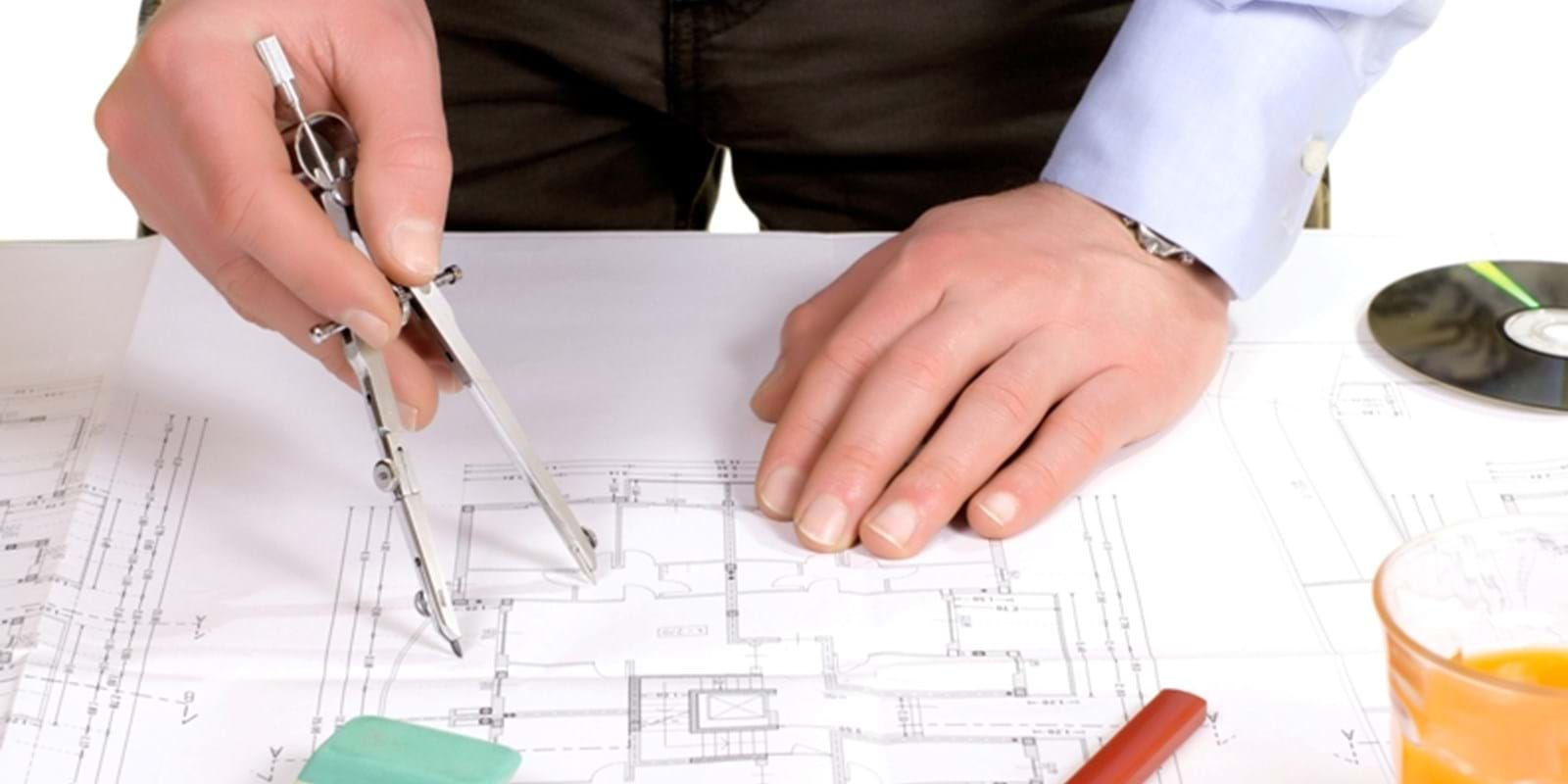What is a blower door test?
The blower door test is part of the energy evaluation. It is an instrumented test that verifies the air tightness of your house, which means that it measures the amount of cold air that enters your home.
During this test, the advisor goes through your home to locate the possible air leaks. We recommend that you follow the advisor and take down a few notes. You will learn how to increase your comfort level and reduce your energy consumption by sealing the many unwanted air leaks easily and very affordably.
Air leaks found throughout a typical home can represent a 25% heat loss. This figure can reach up to 40% in an older home (Source: Office of Energy Efficiency).
What is a blower door?

The instrument used during the blower door test is a blower door.
It is composed of a fan, a nylon fabric and a manometer (device used to measure pressure). The advisor sets up the blower door on the main exterior door of your home using an adjustable door frame fitted with airtight nylon fabric.
The fan, which blows through the fabric, can be set at various speeds. The manometer measures the airflow through the blower and the pressure on the nylon fabric.
It is not necessary to take down the door during the blower door test; you only need to open the door.
How long does the test last?
The blower door test itself lasts about 30 minutes. The energy evaluation, however, can last from 2 to 3 hours.
What does the advisor need to do before the test?
Before conducting the test, the energy advisor begins by closing all openings that lead outside: windows, doors (except the one where the test device is installed), vents and ventilation doors. He also closes doors that open to unheated spaces in the house, such as the attic, the garage and the crawl space under the house. Interior doors are left open so that the air can circulate throughout the house. In rooms with suspended ceilings, he raises one of the acoustic tiles to avoid any damage to the ceiling. Gas and oil-burning furnaces are shut off for safety reasons. If need be, the fireplace doors and air outlet are also closed, and the ashes are removed by the owner to avoid possible messes. To avoid any unpleasant surprises, he will start the test with the fan at low speed and will do a quick tour of the house to ensure that everything is in place.
What happens during the test?
First, the energy advisor installs the test device and starts the fan. Pressure gauges connected to the fan measure the airflow rate per minute required to keep your home at a constant pressure. He repeats the exercise at different pressures, and compares the information gathered with estimated values based on the volume of the house.
After gathering that data, he keeps the blower running and inspects all the rooms in the house, identifying the presence of leaks by using his hand or a smoke pencil. Once the leaks have been detected, he rates their importance and makes a note of it in his report.

